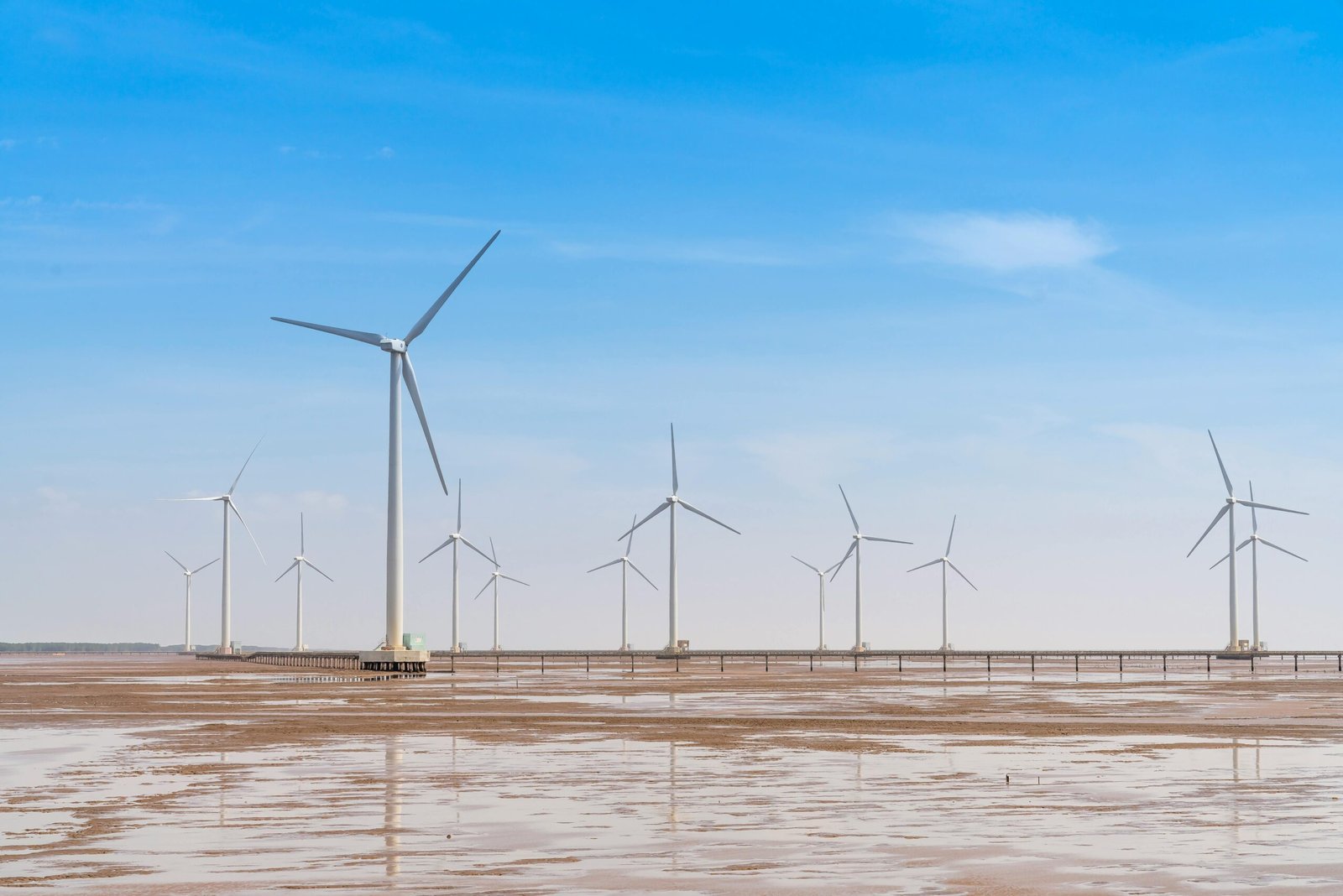Renewable energy technology continues to evolve rapidly, offering promising solutions to our growing energy needs while addressing environmental concerns. As we push further into the 21st century, these technologies not only become more efficient but also more accessible. This article explores the latest advances in renewable energy technology, highlighting innovations that could revolutionize how we generate and consume energy.
Understanding Renewable Energy
What Constitutes Renewable Energy?
Renewable energy is derived from natural processes that are continually replenished, including sunlight, wind, water, and geothermal heat. Unlike fossil fuels, these energy sources produce little to no greenhouse gases or pollutants, making them a cornerstone for sustainable energy policies globally.
Solar Power Innovations
Enhancements in Photovoltaic Cells
- Perovskite Solar Cells: Researchers are developing solar cells using perovskite materials that promise higher efficiency rates than traditional silicon-based cells. They are cheaper to produce and have the potential to revolutionize solar power affordability.
- Floating Solar Farms: These innovative systems are placed on bodies of water, reducing land use and water evaporation while maintaining panel efficiency through natural cooling.
Wind Energy Developments
Next-Generation Turbines and Designs
- Larger Offshore Turbines: As turbine technology advances, newer models are significantly larger and more powerful, capable of generating more energy per unit, which reduces overall costs and increases energy output.
- Vertical-axis Wind Turbines: Innovations include more efficient designs that are suitable for urban and residential areas due to their smaller footprint and quieter operation.
Hydropower Technology
Improving Efficiency and Environmental Impact
- Fish-friendly Turbines: New turbine designs minimize environmental impacts on aquatic life, addressing one of the primary ecological concerns of traditional hydropower.
- Pumped Storage Hydropower: This system uses excess renewable energy to pump water uphill to a reservoir, which can then be released to generate power during periods of high demand, acting as a form of energy storage.
Geothermal Energy Advances
Exploiting Earth’s Heat More Effectively
Recent technological advancements are making it possible to harness geothermal energy from locations previously considered unfeasible. Enhanced geothermal systems (EGS) drill into the earth to access heat resources, opening new opportunities for widespread use.
Bioenergy and Biogas
Turning Organic Materials into Energy
- Advanced Biofuels: Scientists are developing biofuels from non-food biomass and algae, which offer higher yields and lower environmental impacts than conventional biofuels.
- Biogas Upgrading Technologies: Improvements in biogas production and purification are making it a more viable substitute for natural gas in both industrial and residential applications.
Energy Storage Solutions
Key to Integrating Renewable Sources
- Battery Technology: Advances in lithium-ion batteries and alternatives like solid-state batteries provide safer and more efficient energy storage options.
- Green Hydrogen: Produced via electrolysis powered by renewable energy, green hydrogen holds promise as a storage solution and energy carrier, particularly in industries hard to electrify.
Smart Grids and AI
Optimizing Energy Distribution and Use
Smart grids utilize AI and IoT technologies to enhance the efficiency of electricity distribution. They manage the flow of energy from renewable sources to ensure stability and efficiency, addressing variability and integration challenges associated with renewables.
Conclusion: The Future of Renewable Energy
As technology progresses, renewable energy becomes not only a viable alternative to fossil fuels but a superior choice in terms of both environmental and economic benefits. The ongoing advancements are making it increasingly feasible to achieve a sustainable, zero-emission future.
These exciting developments in renewable energy technology demonstrate the potential for a dramatic shift in our energy infrastructure. As these technologies continue to mature and scale, they pave the way for a cleaner, more sustainable energy landscape globally.





